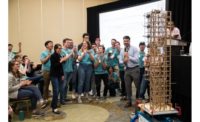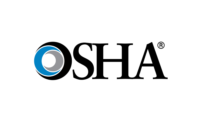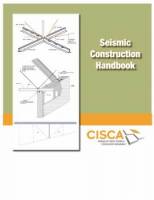A team of leading cold-formed steel design researchers this summer has been conducting a series of tests as part of the final phase of a three-year National Science Foundation-funded research project to increase the seismic safety of buildings that use lightweight cold-formed steel for their primary beams and columns. The structure—which incorporates the most advanced computational models developed by the researchers—has performed better than expected on the shake tables at the University at Buffalo, under increasingly more difficult conditions. But how will it perform when all the stops are pulled out in the final test on August 16?
That’s the question of the week for the research team and industry partners, including the American Iron and Steel Institute, who have been providing technical expertise and donating materials and additional funding. The steel industry partners include AISI, Bentley Systems, Incorporated, ClarkDietrich Building Systems, Devco Engineering, Inc., DSi Engineering, Mader Construction Company, Inc., Simpson Strong-Tie Company Inc., the Steel Framing Industry Association and the Steel Stud Manufacturers Association.
During the progressive testing schedule, the structure has grown from a cold-formed steel skeleton with OSB sheathing for the designated shear walls, floor diaphragm and roof to a typical two-story building with exterior finishes and non-structural components like stairs, gypsum sheathing and interior partitions. The August 16 test will be the most rigorous to date, simulating the destructive Northridge, California earthquake of 1994.
- The test can be viewed live at http://nees.buffalo.edu/projects/neesCFS/telepresence.asp (must use Google Chrome, Firefox or Safari). Shaking is scheduled to begin at 11 am.
- For updated information on test preparations and time of commencement, visit the blog from Kara Peterman, Ph.D. candidate at The Johns Hopkins University, at http://cfsnees.blogspot.com/.
- For more information on the project and its initial results, check out the article “Man-Made Quakes Can Lead to Safer, Sturdier Buildings” at http://releases.jhu.edu/2013/07/31/man-made-quakes-could-lead-to-safer-sturdier-buildings.
Project Background
The award is the result of the National Science Foundation (NSF) 09-524 program solicitation for the George E. Brown, Jr. Network for Earthquake Engineering Simulation (NEES) Research (NEESR) competition. The title of the project is “NEES-CR: Enabling Performance-Based Seismic Design of Multi-Story Cold-Formed Steel Structures.”
The analysis and initial testing for the project began in late 2010 and took place at The Johns Hopkins University and the University of North Texas. The focus is now at the University at Buffalo, where the testing is taking place.
For more information on any of the project sponsors, please contact the following representatives:
Steel Industry Sponsors: AISI, Debbie Bennett, dbennett@steel.org; Bentley Systems, Incorporated, Santanu Das, Santanu.Das@bentley.com; ClarkDietrich Building Systems, Michael Clark, michael@millerbrooks.com; Devco Engineering, Inc., Rob Madsen, rob@devcoengineering.com; DSi Engineering, Don Allen, dallen@dsi-engineering.com; Mader Construction Company, Inc., Kevin Biddle, kbiddle@maderconstruct.com; Simpson Strong-Tie Company Inc., Randy Daudet, RDaudet@strongtie.com; Steel Framing Industry Association, Larry Williams, williams@steelframingassociation.org; Steel Stud Manufacturers Association, Rahim Zadeh, rzadeh@ssma.com.
Universities: The Johns Hopkins University, Phil Sneiderman, prs@jhu.edu; Bucknell University, Steve Buonopane, sbuonopa@bucknell.edu; McGill University, Prof. Colin Rogers, colin.rogers@mcgill.ca; University at Buffalo, Cory Nealon, cmnealon@buffalo.edu; University of North Texas, Prof. Cheng Yu, Cheng.Yu@unt.edu; Virginia Tech University, Prof. Cris Moen, cmoen@vt.edu.








